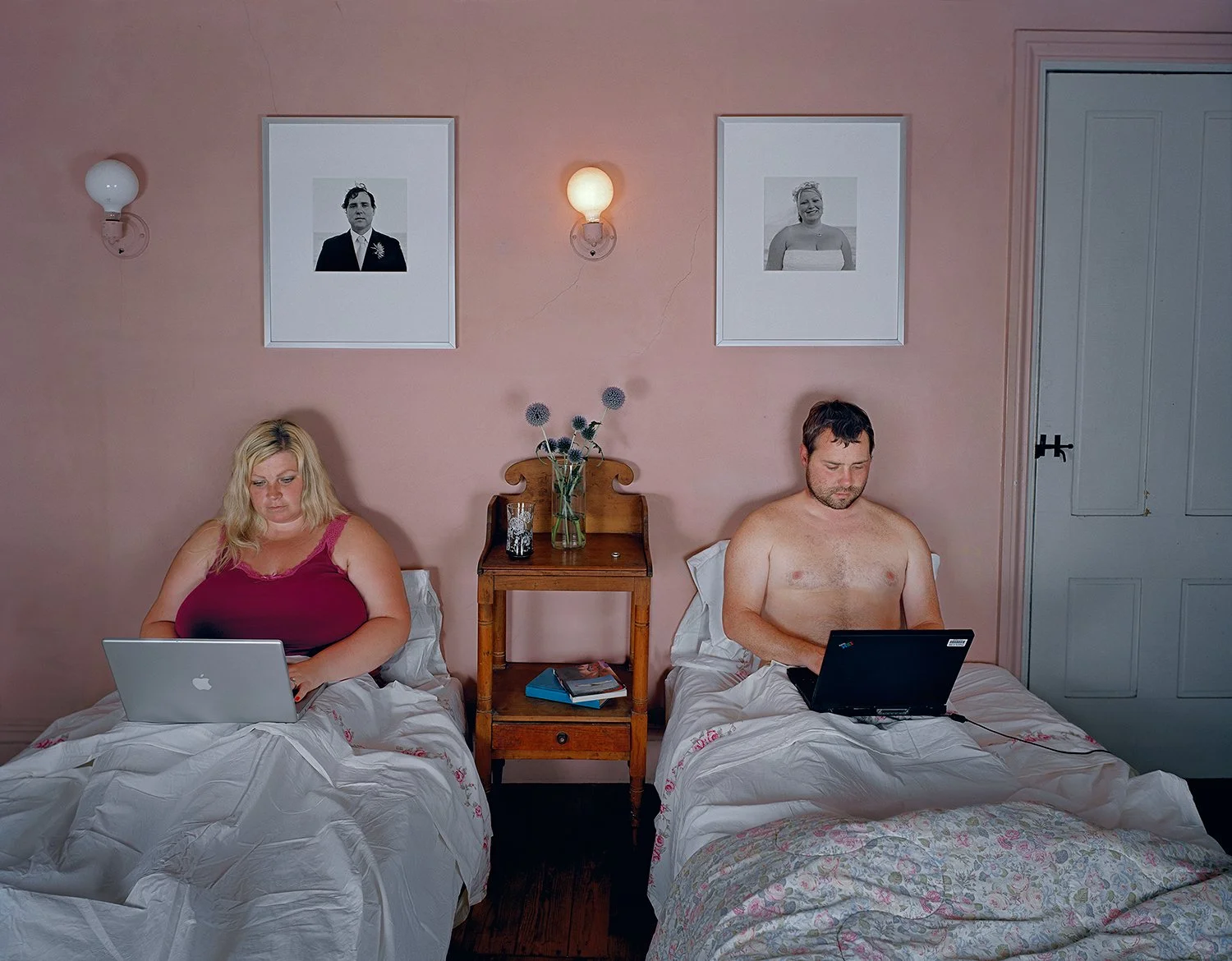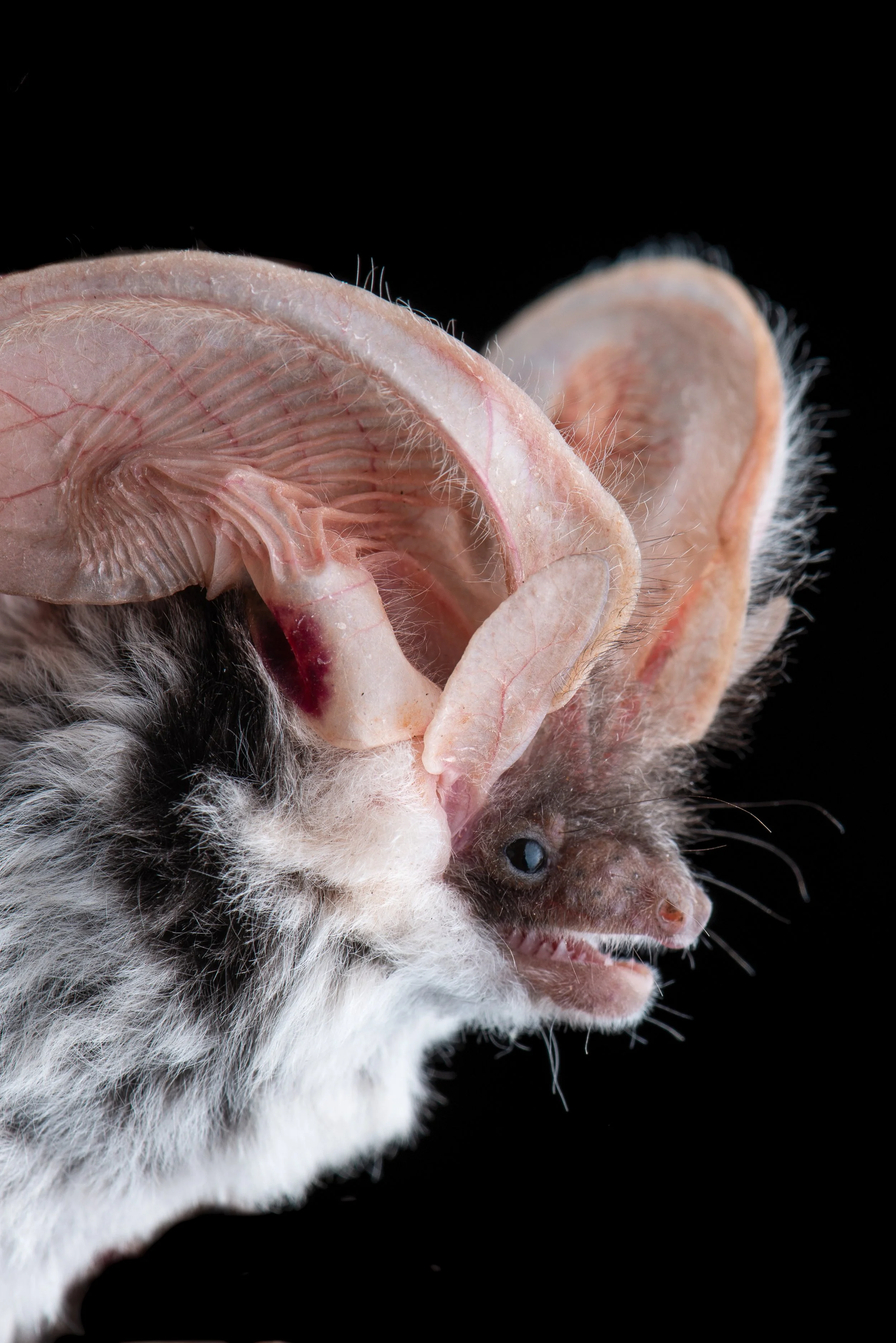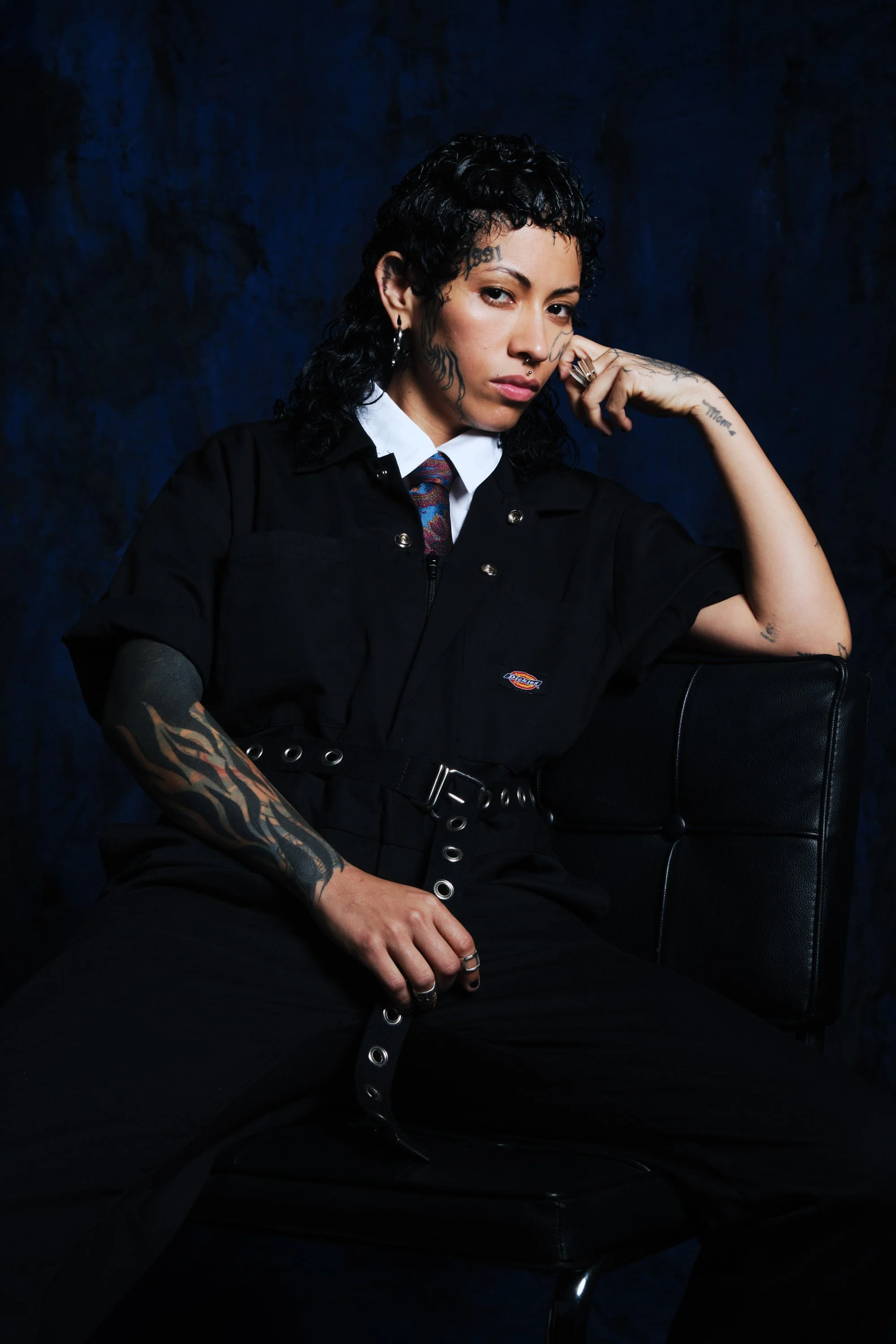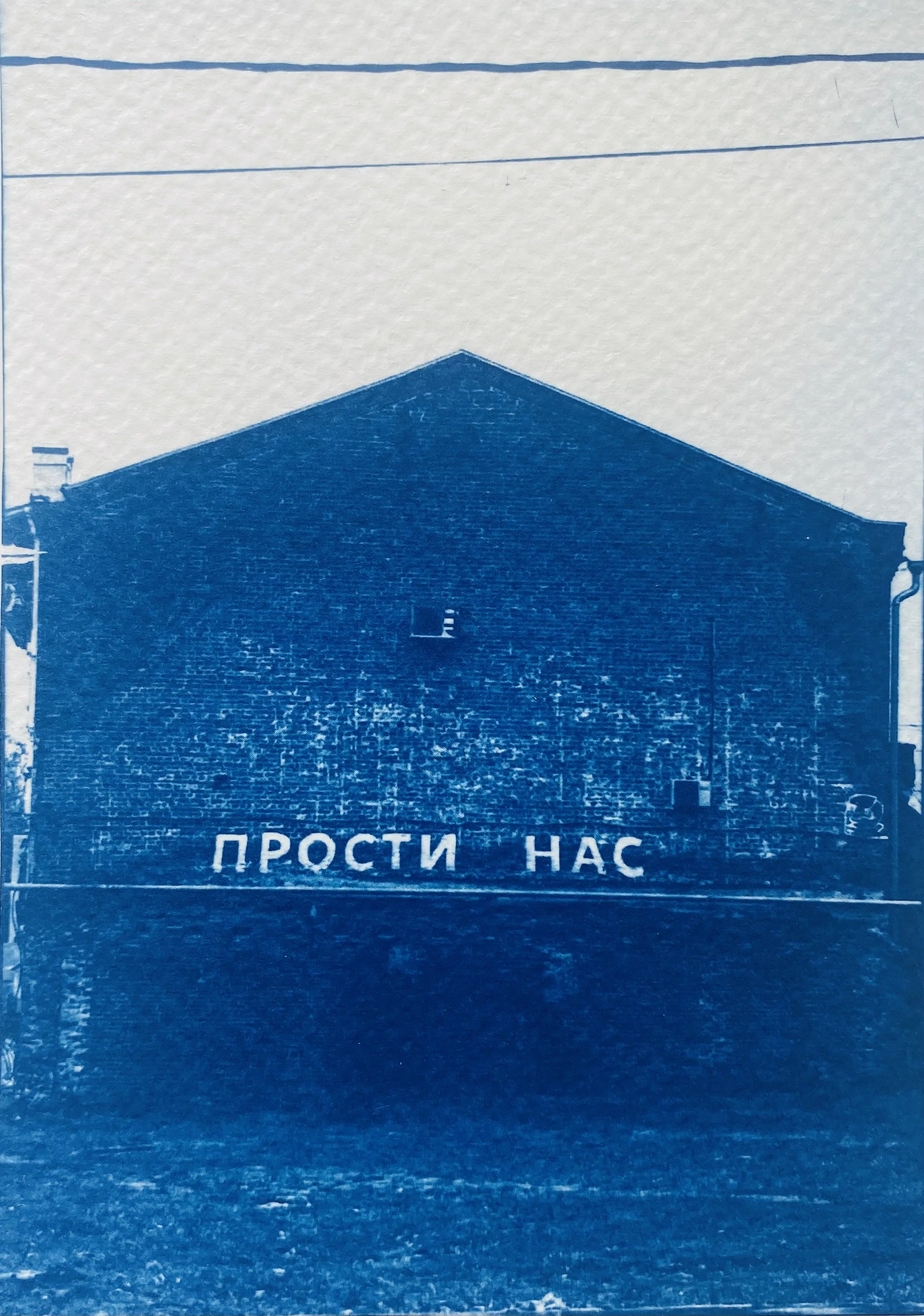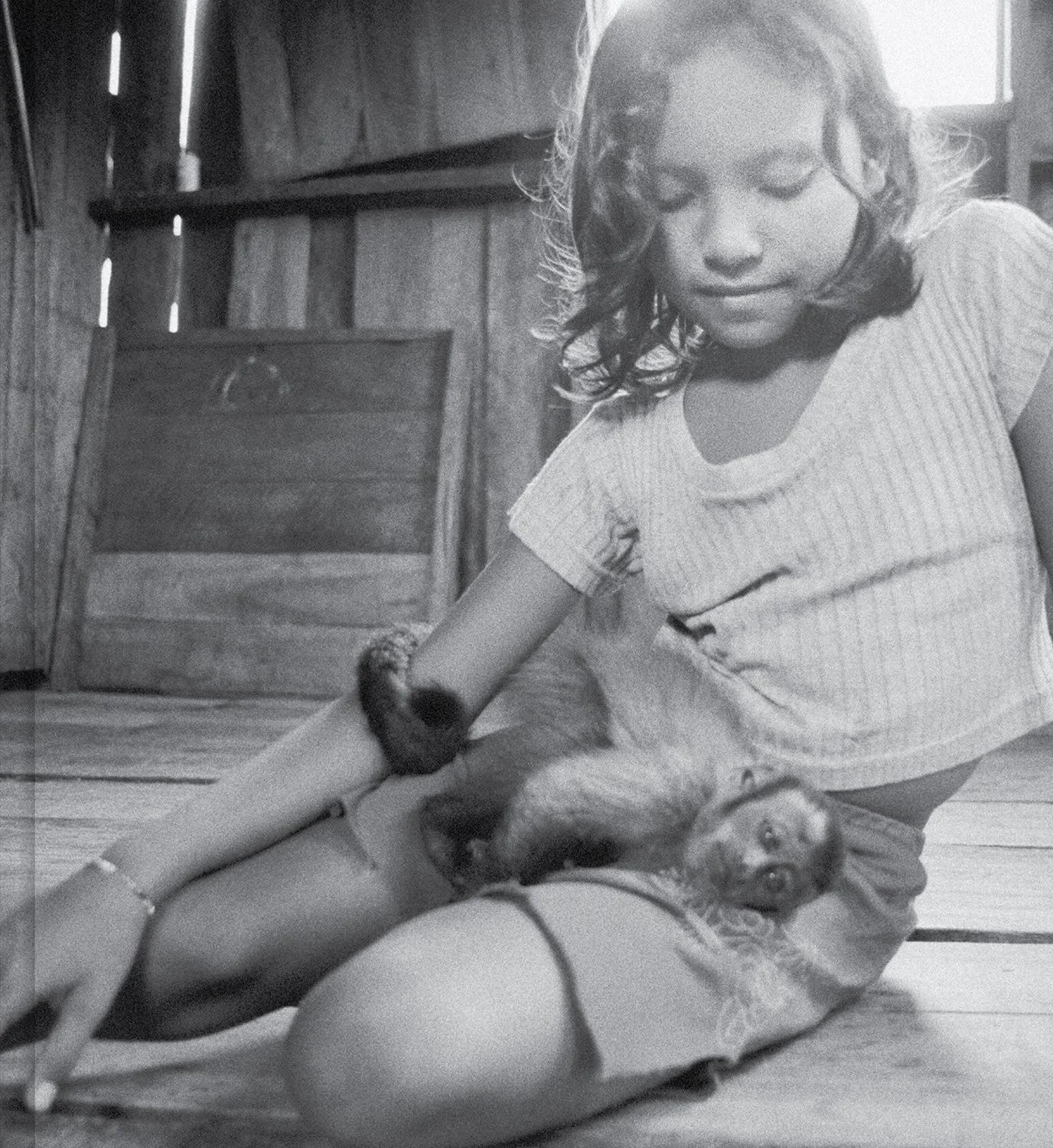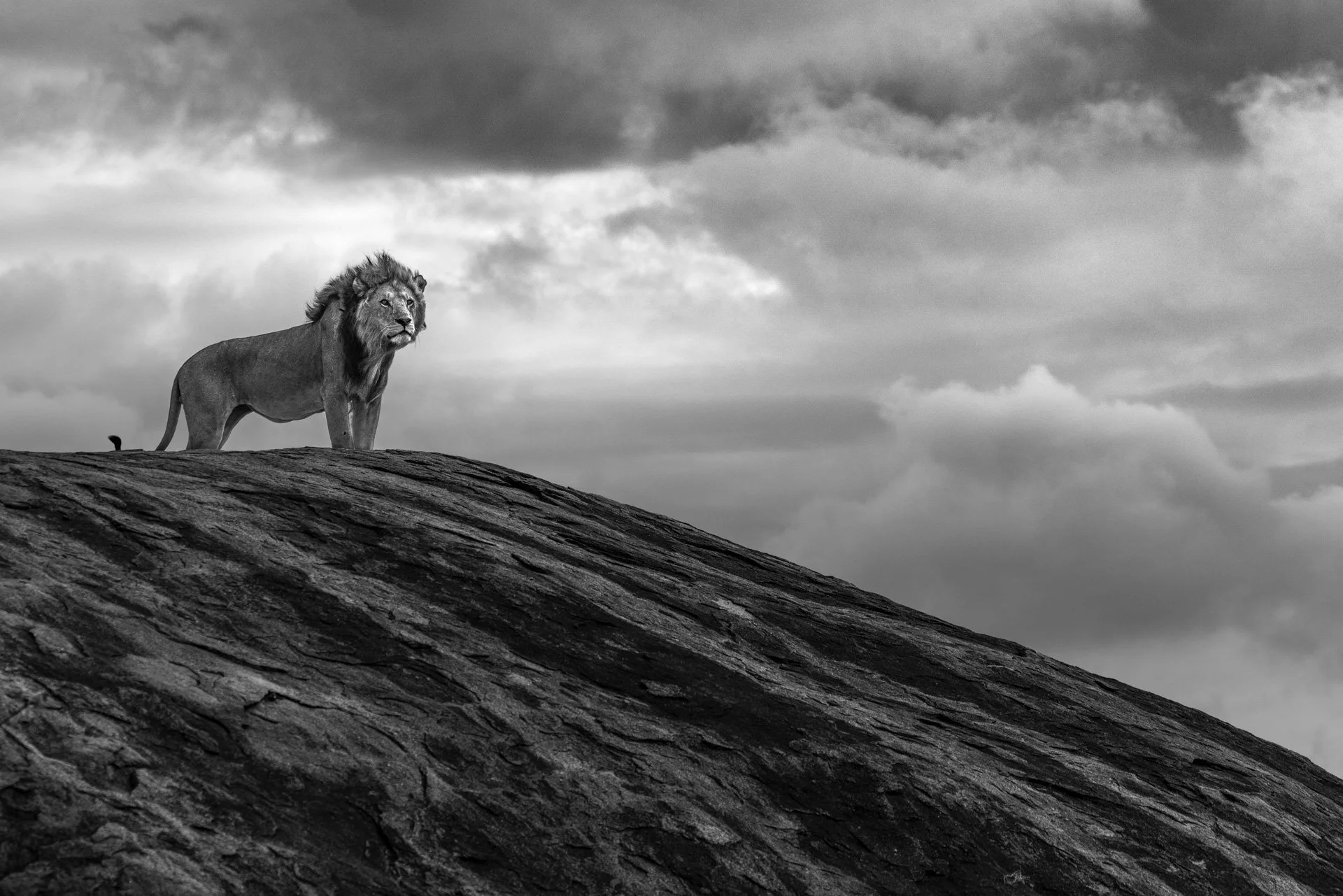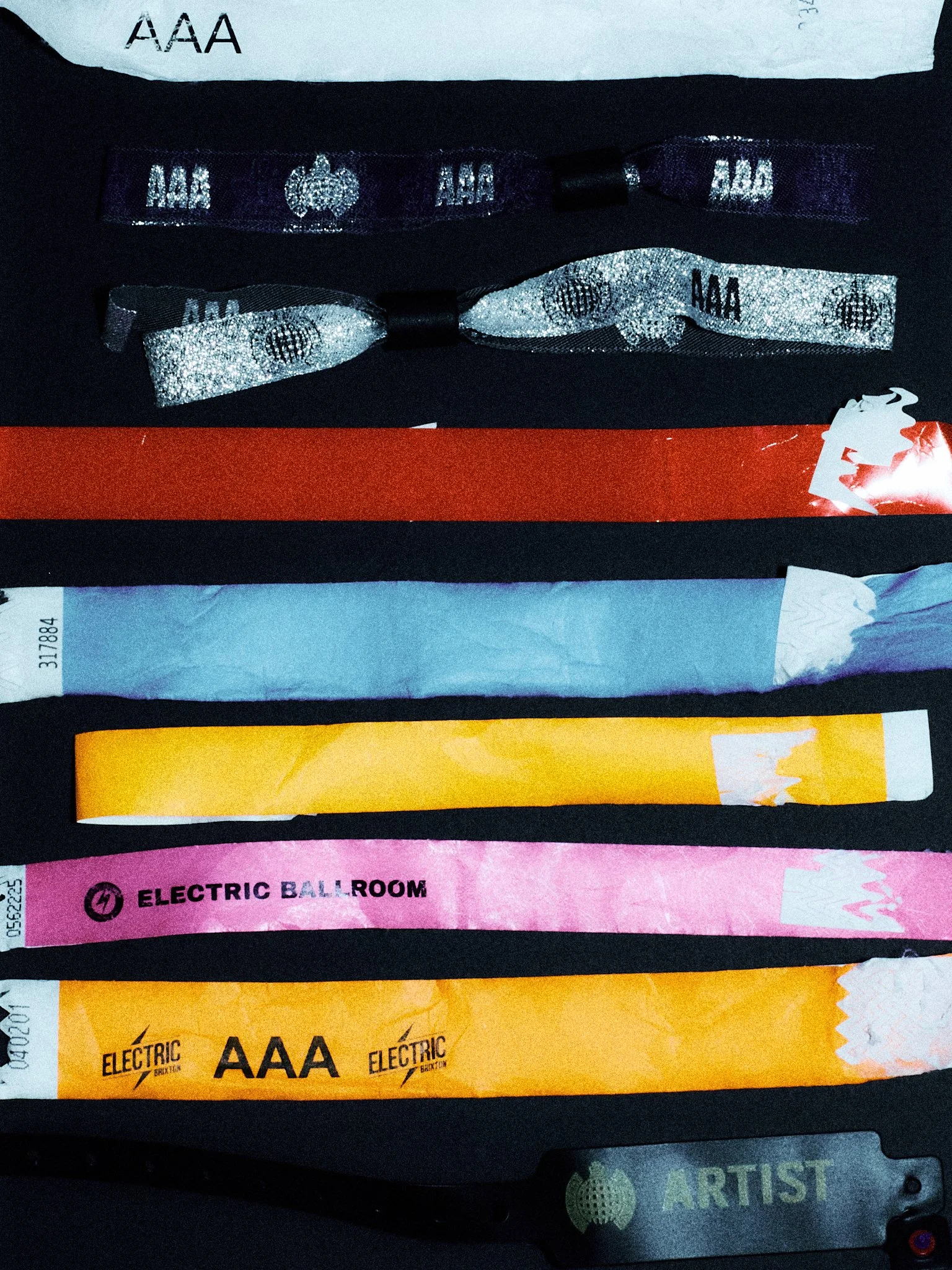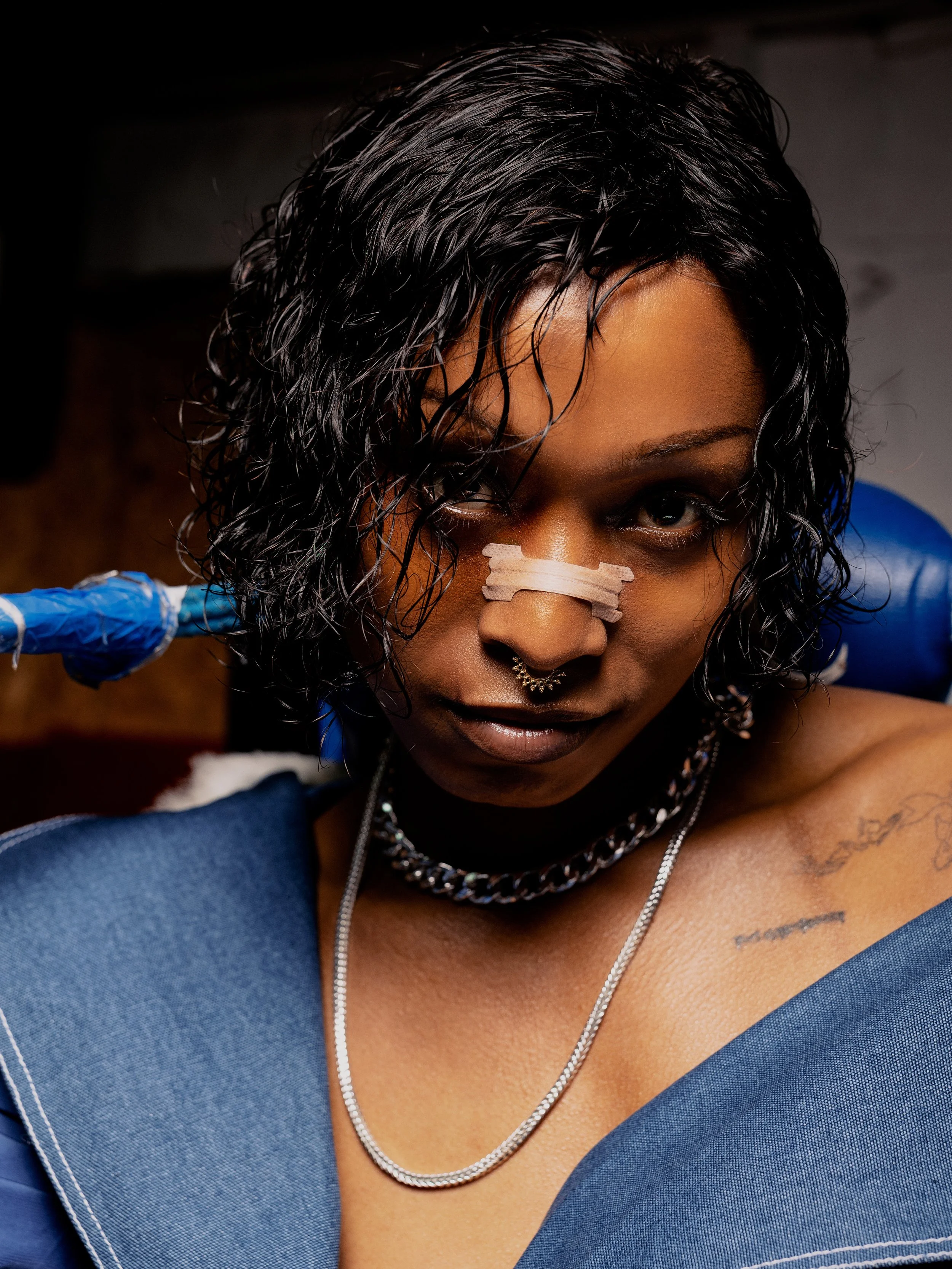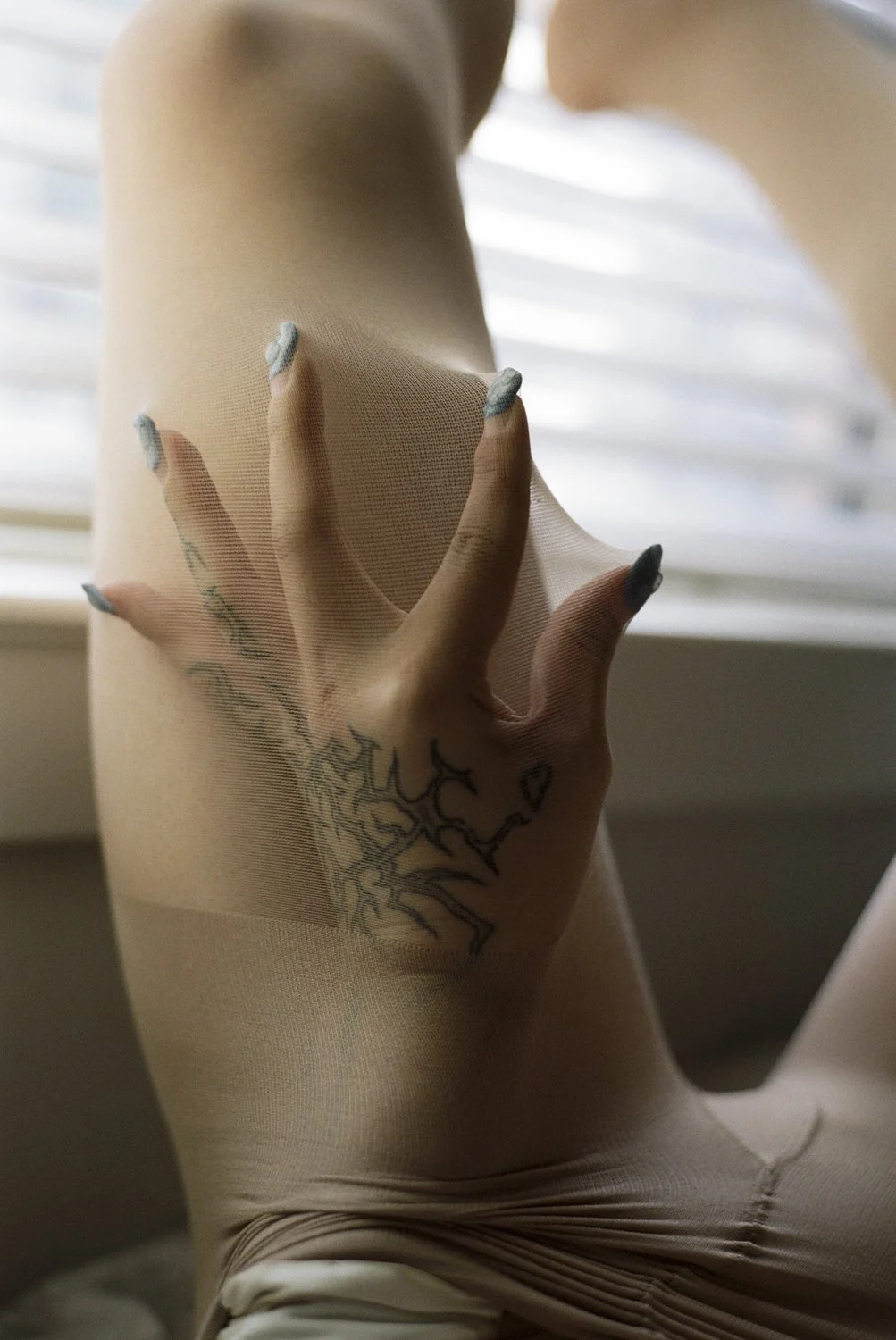Icons: Robert Mapplethorpe
A look at Robert Mapplethorpe through his closest relationships with Patti Smith and Sam Wagstaff, and how his artistic career was directed as a result.
Text Tom Wyche Embrace, 1982
“He gave me his studio address and telephone number. I sent him five prints from our photo session. In 1982, my mother died unexpectedly. I called him, I don’t know why. He called me back and he talked to me for 45 minutes. The person I met was a kind soul.”
Arnold Schwarzenegger, 1976
Brian Ridley and Lyle Heeter, 1979
Robert Mapplethorpe was one of the most high profile photographers of his time, passing in 1989 as a victim of the AIDs epidemic after a photographic career that has permanently changed the course and boundaries of American artistic culture. As a result he’s become this mythical hero/rockstar of photography, posthumously arm in arm with Andres Serrano defending the NEA (National Endowment for the Arts) for his right to share his work against the almost comic “gun-toting” villain of Jesse Helms, trying to censor “Mapplethorpe’s sick art”. While the impact Mapplethhorpe had on the culture war of the 80s absolutely shouldn’t be understated, looking back at him with this reverence almost elevates him into this figure of myth, putting him far above the sincere and vulnerable humanity works of his like “embrace” (pictured) aimed to show. Then, to celebrate Mapplethorpe on a human level for pride, I want to talk about his life through the relationships he had and the profound impact he had with those around him before his death.
“Robert’s early life was characterised by his relationship with catholicism and a sensible upbringing, already being notably described at a young age as having “A fascination with beauty”. He contained, even at an early age, a stirring and the desire to stir.”
He had a complicated and private relationship with his family as, even though he insisted on having “a good upbringing, that he was safe and well provided for”, there was clear conflict. While his mother was supportive of his interests in traditionally feminine hobbies, such as a fascination with jewelry-making kits, she still hoped he would enter the priesthood as the logical conclusion of his current position as an altar-boy. His father on the other hand was more of a stern and stoic figure, yet still supported Robert’s fascination with the arts to an extent. “While he lived at home he did his best to be a dutiful son even choosing the curriculum his father demanded – commercial art”
Larry and Bobby Kissing, 1979
Despite the surprising lack of visible conflict and rebellion that filled his home of “postwar middle-class sensibilities” he still didn’t feel much of a connection with his family. After leaving he instead chose to bestow the role of family to his close friends, Particularly finding this in Patti Smith.
When I wrapped it and handed it to him, I said impulsively, “Don’t give it to any girl but me”. I was Immediately embarrassed, but he just smiled and said “I won’t.”
Patti Smith on their first meeting
His relationship with Patti Smith, one of the most intimate and formative friendships both had, came at the start of their individual success, almost being symbiotic in this period. They met at the Pratt institute in Brooklyn (1967) where they both studied, and their magnetism and individuality immediately showed. “I mean we all were going to art school but they were already artists,” [Lloyd Ziff]. Robert helped Patti out of her shell as an artist and in return she acted as his first model and muse for these years, being the subject of much of his formative work as shown below. While she refuses to take credit for turning Robert to photography, she not only was the first to suggest the idea to him, but also acted as the sounding board that led him to his distinctive stripped back style. Patti wanted to incorporate objects she was passionate about into some of their first shoots as an example, however Robert was always resistant to the idea.
“Too cluttered with crap”, he said.
“Just let me take your picture.”
“But I like this stuff”, I said.
“We’re not making an album cover, we’re making art.”
“I hate art!” I yelled, and he took the picture.
Patti Smith, 1975
Patti Smith, 1976
Patti Smith, 1979
His style during this period was characterised by its’ absolute focus on the subject, with photos shot either against plain white, or generally unremarkable backdrops. The clutter and context that surrounded Patti in some of these photos didn’t serve to distract from her or fill out the shot, instead acting to give them this informal relationship of being in the room with both of them, in an intimate and very personal sense.
Mapplethorpe had a meteoric rise as a result of this accompaniment to Patti Smith’s success, with his own photographic direction gaining him notoriety to a point where he began photographing celebrities on the level of Arnold Schwarzenegger and Andy Warhol. What became the focus of a lot of his legacy however was the erotic proportion of his work, depicting homoeroticism and fetishes to a degree which publicly that hadn’t existed much before him. This direction of his work can be somewhat attributed to Sam Wagstaff, who Robert met in 1972 after his relationship with Patti Smith became entirely platonic. Sam ended up being Robert’s long term life partner until his death, acting as his artistic mentor in this period while simultaneously helping fund his exhibitions.
“If Robert was the sailor, Sam Wagstaff was the ship coming in.”
Robert had already begun taking nude photos by the time Sam came into contact with his work, meaning that their initial meeting and subsequent partnership began solely from Sam’s desire to promote and fund the aspect of Robert’s work that immediately fascinated him, even if it hadn’t been fully developed by this point. In this regard, Sam’s first words to Robert were over the phone as “Is this the shy pornographer?”. From here Robert’s career path was defined. While he would continue his high profile portraits of celebrities, the majority of the focus of his time and energy was on the erotic aspect of his work, subsequently being featured in galleries funded by Wagstaff, culminating in the exhibition the perfect moment around the US after his death in 1989. This, along with the creation of Andres Serrano’s “piss christ” led to the seminal culture wars about just what was acceptable for the conservative US. Regardless, after Mapplethorpe’s unfortunate death, Sam Wagstaff is quoted as saying he only loved 3 things “Robert, my mother and art.”
Derrick Cross, 1983
Iggy Pop, 1981
Sam Wagstaff and Robert Mapplethorp, 1974
Ajitto, 1981
Lowell Smith, 1981
Grace Jones, 1984
Tattoo Artist's son, 1984
Self portrait, 1980
About Robert Mapplethorpe
Robert was born on 4 November 1946 in Floral Park, NY and died on 9 March 1989 in Boston, MA.
His partner Sam Wagstaff published many books and curated notable exhibitions about Robert’s work.
Learn more about the Robert Mapplethorpe foundation here



















